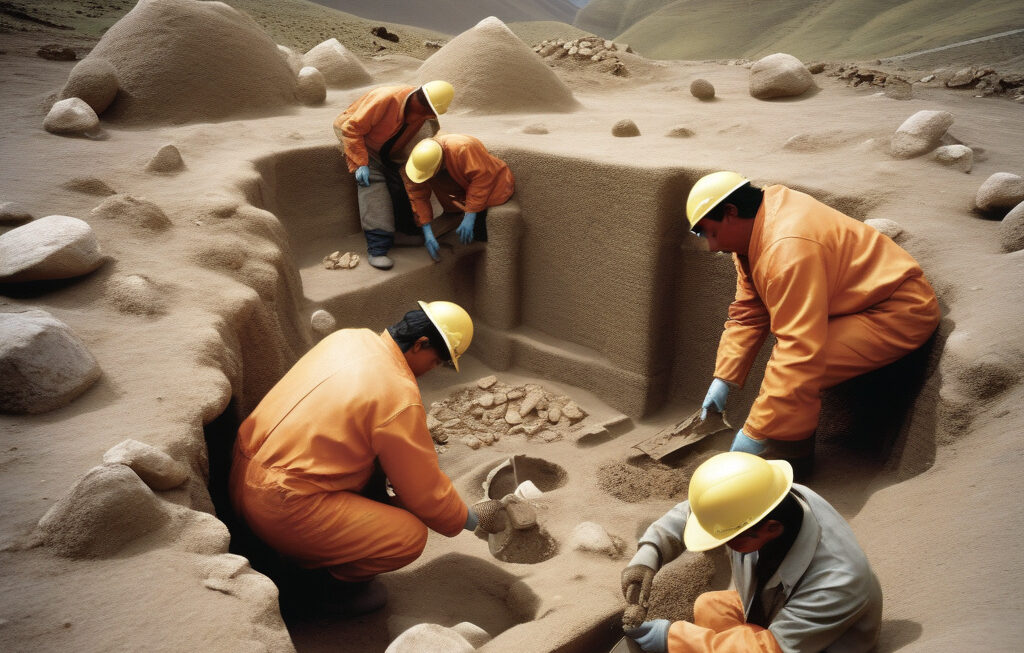50,000-Year-Old Neanderthal-Like Tools Discovered in China Challenge Evolution Theories
A new discovery in China is challenging long-held beliefs about human evolution in East Asia. Archaeologists have unearthed sophisticated stone tools in Shangchen, a region in southern China, dating back 50,000 years. What makes these findings particularly intriguing is that the tools bear a striking resemblance to those crafted by Neanderthals in Europe, raising questions about the migration patterns and interactions of ancient human species.
The prevailing theory of human evolution suggests that Homo sapiens originated in Africa and eventually replaced other hominin species, such as Neanderthals and Denisovans, through a process of competition and natural selection. However, the discovery of Neanderthal-like tools in China challenges this linear narrative, hinting at a more complex and interconnected history of human populations.
The tools found in Shangchen exhibit a level of sophistication and craftsmanship that was previously thought to be exclusive to early modern humans. The precision and standardized production techniques employed in creating these artifacts suggest a high level of cognitive ability and social organization among the ancient inhabitants of the region. This challenges the notion that only Homo sapiens were capable of such advanced tool-making skills.
Furthermore, the presence of Neanderthal-like tools in China raises intriguing questions about the interactions between different hominin species. Did Neanderthals and early modern humans coexist in East Asia, exchanging knowledge and technological innovations? Or did these tool-making techniques emerge independently in different regions, pointing to parallel evolution among hominin populations?
One possible explanation is that the ancestors of Neanderthals migrated to East Asia and passed down their tool-making traditions to local populations. This scenario would suggest a far more complex and intertwined history of human evolution than previously assumed. It would also challenge the traditional view of Neanderthals as primitive and inferior to Homo sapiens, highlighting the sophistication and adaptability of our ancient relatives.
The discovery of Neanderthal-like tools in China underscores the importance of continued research and exploration in the field of archaeology. By uncovering new evidence and reexamining existing theories, scientists can gain a deeper understanding of our shared human heritage and the diverse paths our ancestors took as they spread across the globe.
As we piece together the puzzle of human evolution, it becomes clear that the story is far more intricate and multifaceted than we once believed. The discovery of 50,000-year-old Neanderthal-like tools in China is a testament to the complex interplay of different hominin species and the richness of our shared history on this planet.
In challenging long-held beliefs and shedding light on the interconnected nature of human evolution, this discovery paves the way for new discoveries and insights into the origins of our species. It reminds us that the journey of human evolution is still full of surprises and that there is much more to learn about our ancient past.
evolution, Neanderthal, China, archaeology, humanhistory












